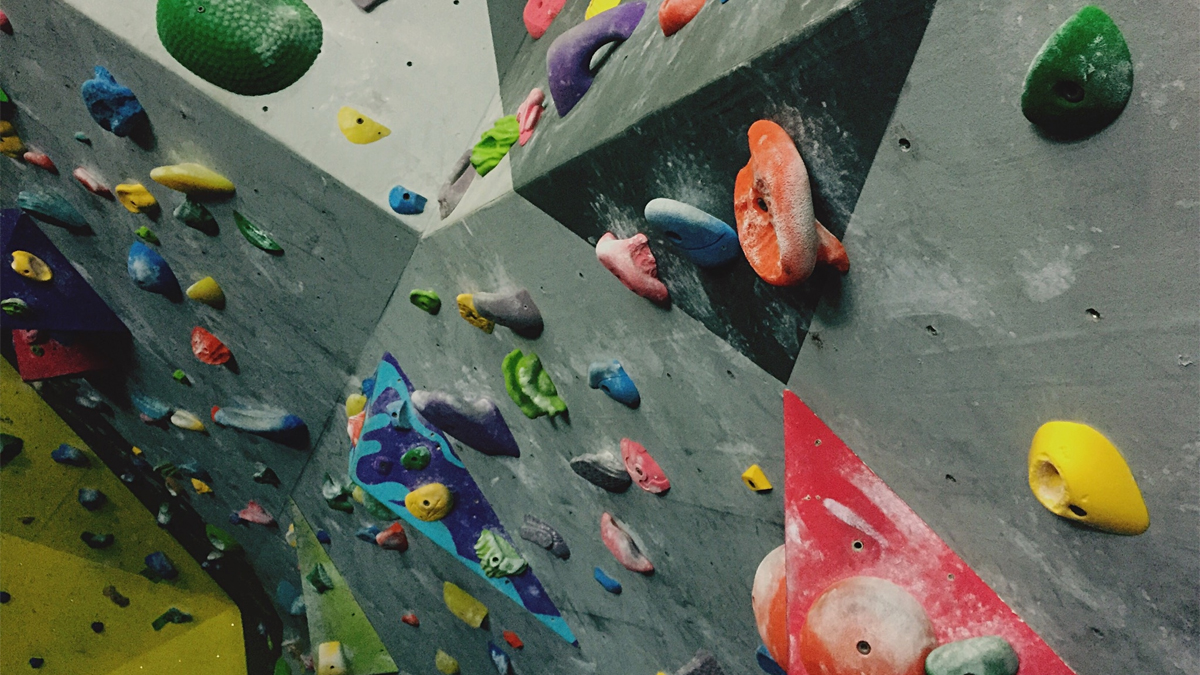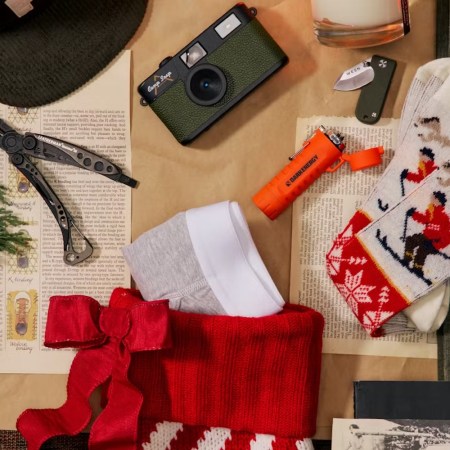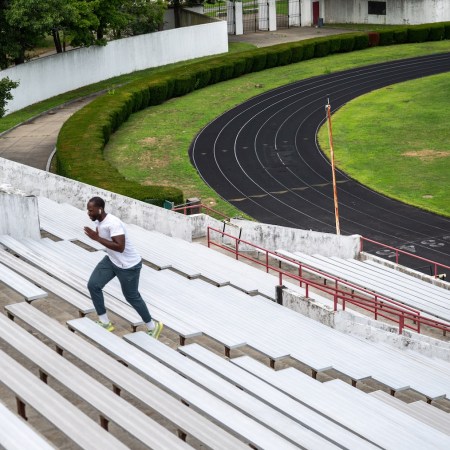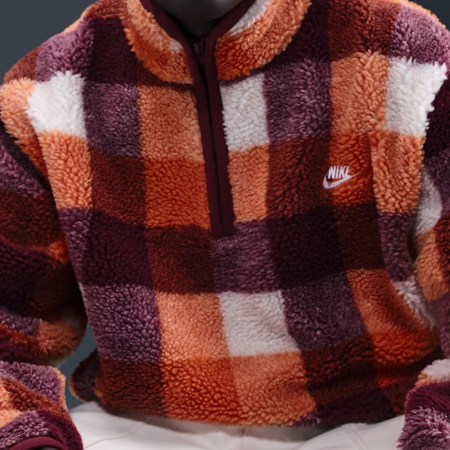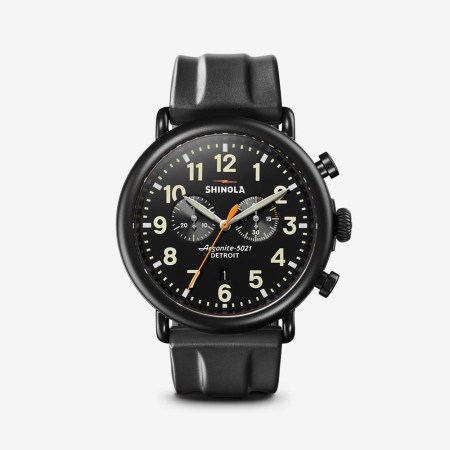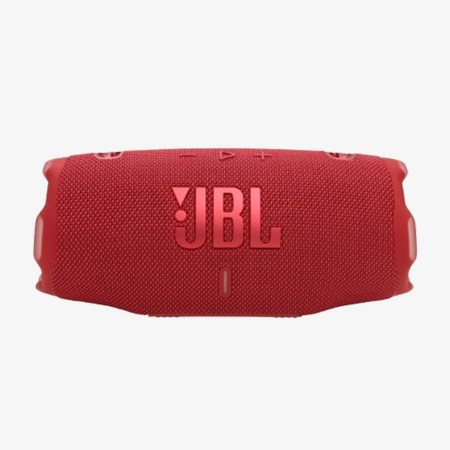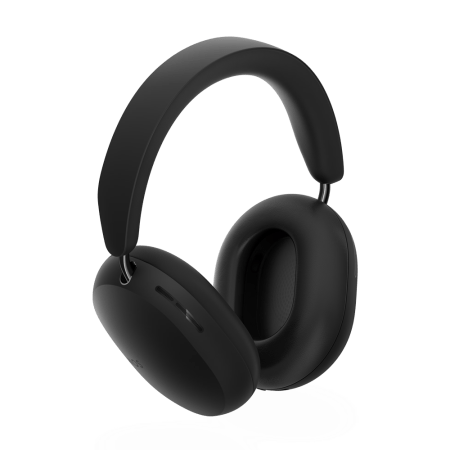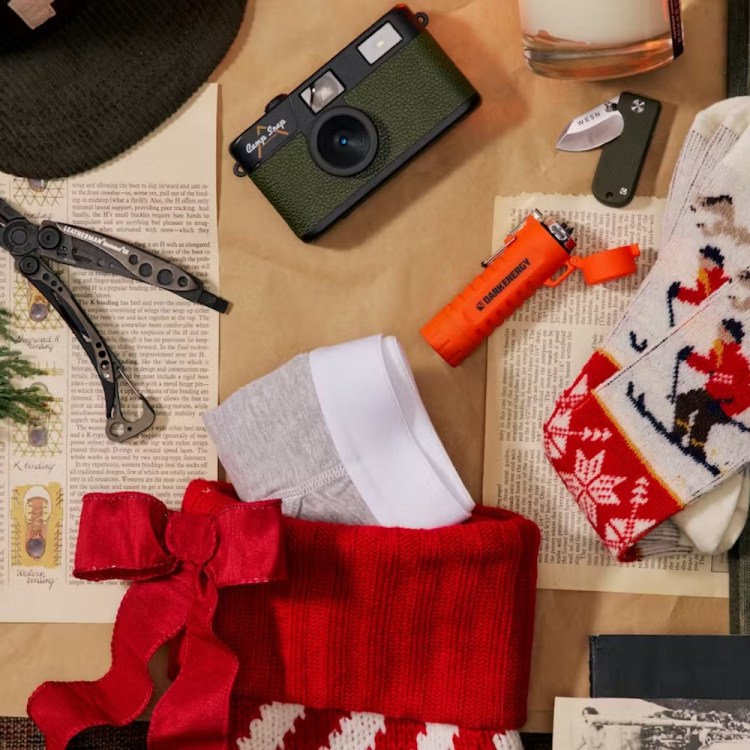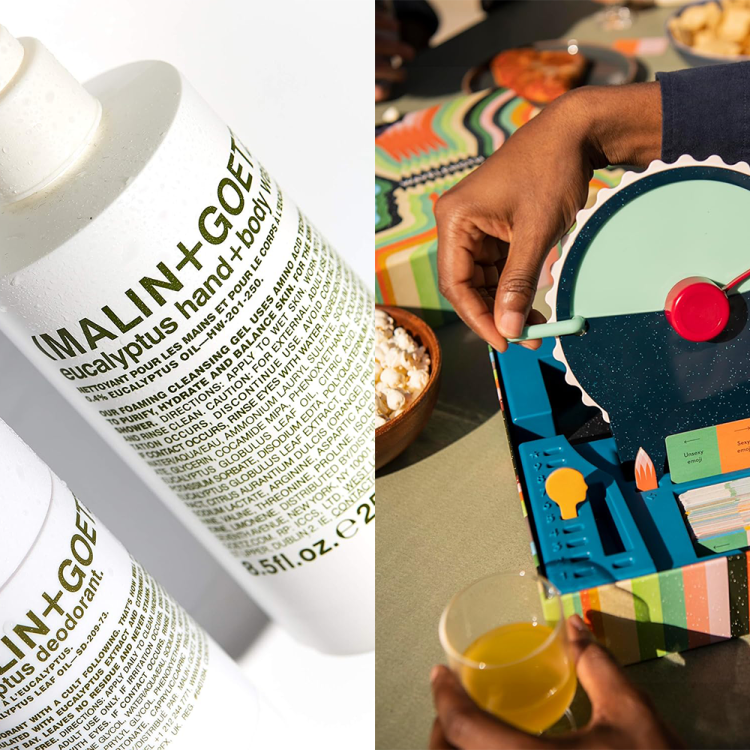Nota bene: All products in this article are independently selected and vetted by InsideHook editors. If you buy something, we may earn an affiliate commission.
With the movie Free Solo premiering in 2018 and the sport’s worldwide debut at the Tokyo Olympics last year, it’s no wonder that rock climbing has drawn an increasing amount of attention in recent years. Professional climbers the likes of Alex Honnold, Tommy Caldwell and Emily Harrington have transcended the sport itself, inspiring novice climbers both young and old to sign up at one of the many nearby gyms sprouting up across the country. Perhaps you’re one of the many looking to give it a try, but you’re not quite sure where to start.
As with all things, getting into a sport like climbing can be a bit overwhelming. There are ropes to manage, harnesses to throw on and a slew of other technical gear to collect in addition to the added danger (and anxiety) of climbing to high heights. By the end of this article, you’ll have some basic knowledge of climbing as well as information about the minimum required gear to get into the sport.
First things first, you’ll need to find a rock climbing gym in your area. A simple online search of “rock climbing gyms near me” should turn up a few results. Once you’ve decided where you’d like to climb, head to the gym and sign a liability waiver before purchasing a day pass to the facility and renting basic climbing gear such as a harness, climbing shoes and chalk.
Most gyms offer four different types of climbing that you should know about:
Bouldering
Bouldering is the act of climbing on shorter walls that are approximately 10ft-15ft tall without a rope. Boulder problems mimic traditional outdoor climbing but concentrate primarily on powerful moves. Because you are not tied into any equipment, you’re going to hit the ground with every fall, landing on padded mats. Ask the gym to show you proper bouldering fall techniques in order to reduce your risk of injury.
Auto-Belay
Auto belay systems are a great way for beginners to get on ropes and climb taller walls. They require minimal training (usually a 5-10 minute safety orientation) and are easy to use. Climber’s harnesses are clipped to an auto belay device that takes up slack in the rope from the top of the wall as you climb. When you fall, the machine slowly lets you back down to the ground.
Toprope
This type of climbing requires two people, a climber and a person that remains on the ground called a belayer. The rope is attached to an anchor at the top of the wall and the rope’s two ends come back down to the ground. The climber and belayer are attached to each rope end by the climber tying in and the belayer clipping into a piece of gear called a belay device. As the climber ascends the wall, it is the belayer’s job to take out the slack in the rope system as well as arrest the climber’s fall. Specific technical training is required for toprope climbing. A class to learn toprope climbing and belaying will be offered at the gym and usually lasts one to two hours. This is a great opportunity to learn a handful of technical climbing skills, but toprope climbing should not be attempted without training for the safety of you and your climbing partner.
Lead Climbing
Lead climbing is the most advanced type of climbing in a climbing gym. It shouldn’t be attempted on your first day but can be learned as you progress in the sport. Lead climbers bring their rope up with them as they climb and clip into fall protection as they ascend the climbing route. It is much more technical than toprope climbing and the act of belaying is complicated as well. Gyms will have a technical skills class available to learn the nuances of lead climbing that is only available when the individual gym determines a climber is ready.
As you progress and gauge your interests, you may want to purchase your own climbing gear. Doing so will not only save you money in the long run but also offer more comfort than the gym’s rental gear. That said, we don’t suggest you purchase any gear before trying it on in-person as climbing gear is very specific to individual users. Read on to find out what basic pieces of equipment you need (and which ones we recommend), from a harness to climbing shoes and beyond. And if you’d like to give climbing a go without fully committing to the sport, consider options like ClassPass which let you book sessions without signing up for a gym membership.
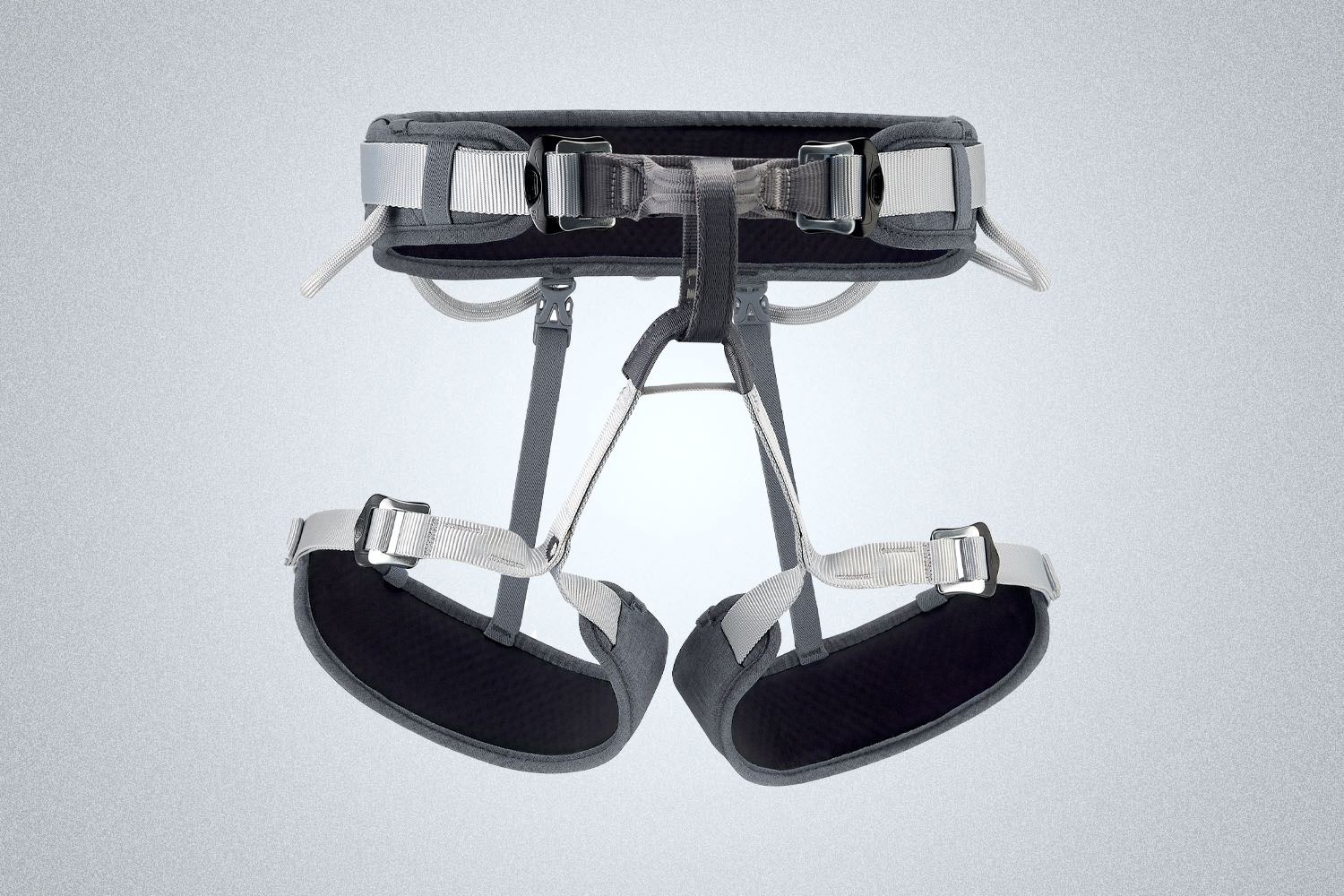
Harness: Petzl Corax
At the end of the day, your first harness should offer plenty of comfort without breaking the bank which is why this option, courtesy of Petzl, is just about perfect. It’s a great beginner harness due to its entry-level price point and sheer versatility. The waist is highly adjustable to fit a range of sizes and the soft interior fabric reduces potential irritation across your thighs, allowing you to focus on the moves ahead. The leg loops also have sliding buckles to account for differences in thigh circumference, giving you the freedom to dial in the proper fit.
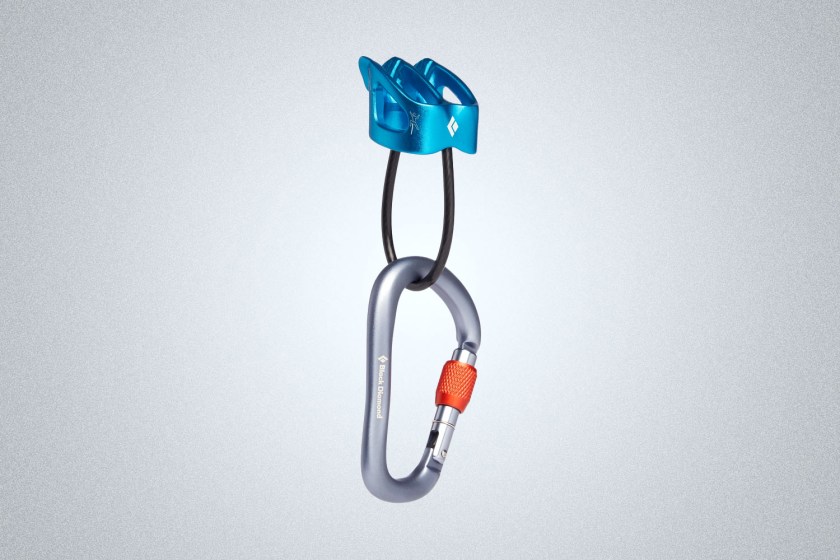
Belay Device: Black Diamond Big Air XP Package
A belay device will be used when you’re on the ground taking up slack in the rope and arresting the fall of your climbing partner. Some gyms already have these attached to each toprope so you might not need to purchase one at first. Even so, it may be something you want to buy if you plan to try out multiple gyms as each gym’s system is slightly different. To complete a belay setup you will need a belay device and a carabiner to attach it to your harness.
Our first suggestion, the Black Diamond Big Air XP Package, is the most basic of belay setups. It includes a tube-style belay device and carabiner for a decent price. Some gyms require a different piece of equipment called an assisted-breaking device that assists the belayer by arresting the climber’s fall, making the entire process easier. For this, we suggest the Petzl GRIGRI and the Petzl Am’D carabiner to attach the device to your harness. Be sure to check with your gym for their requirements before making a purchase and as always, never use any technical gear without proper training.
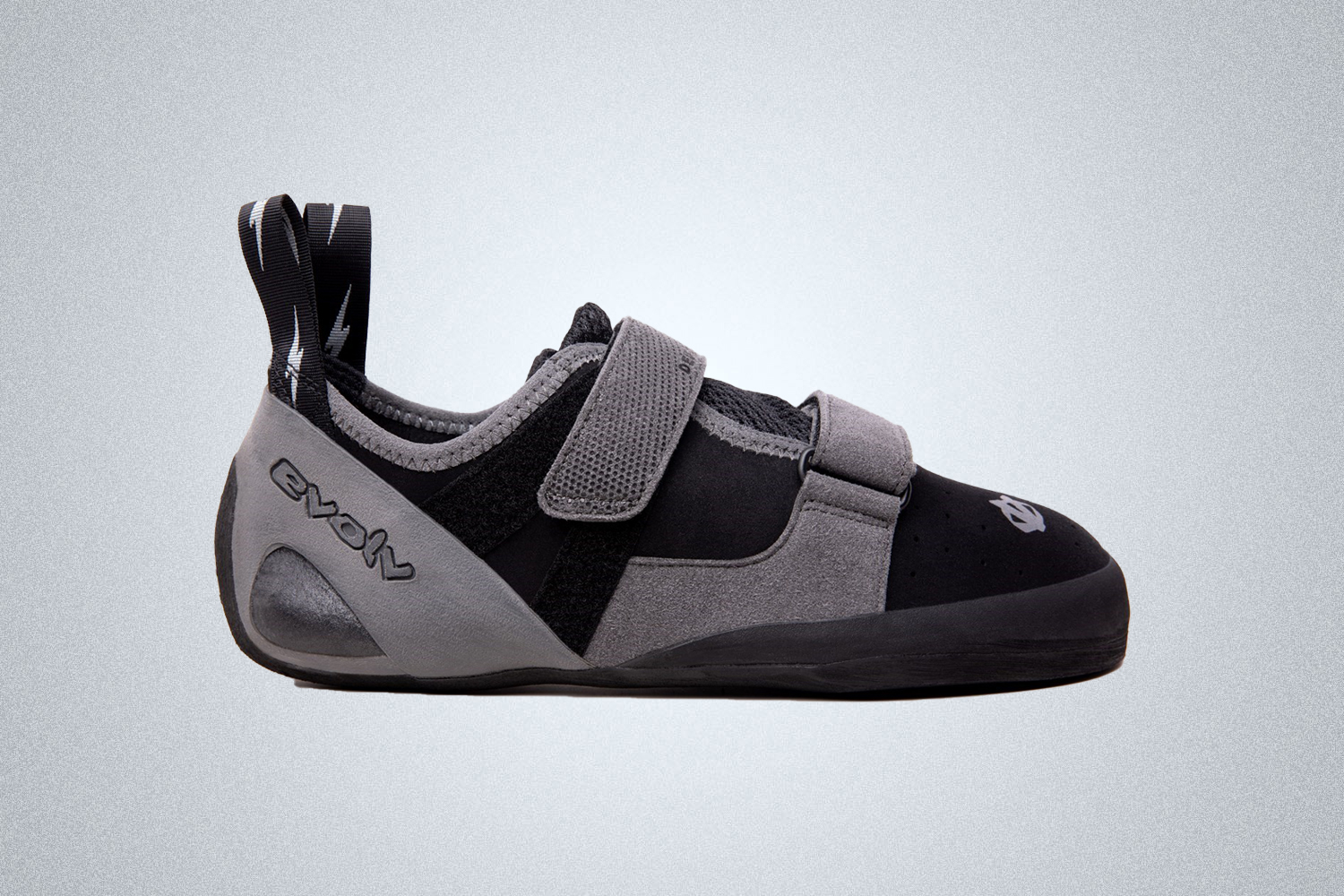
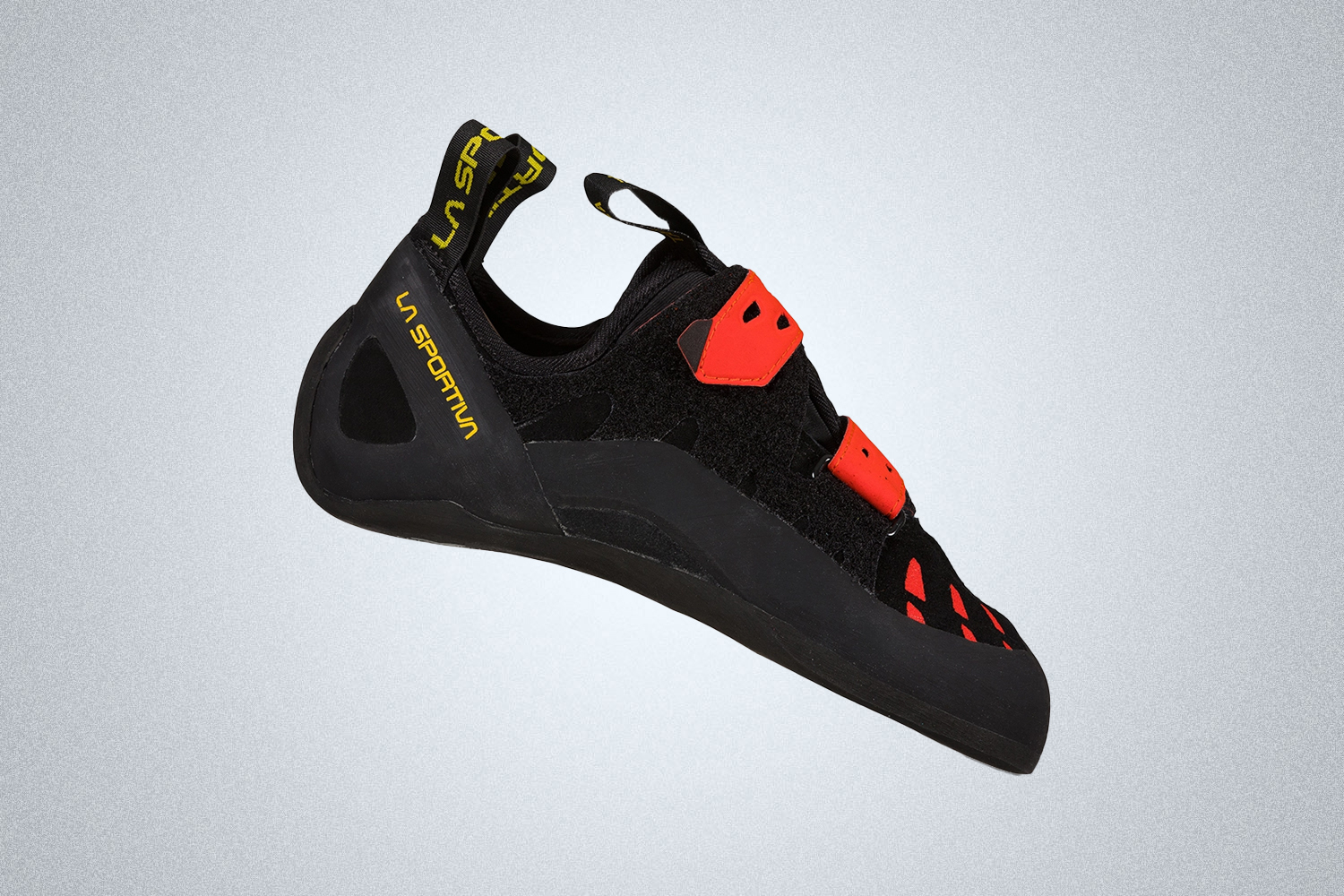
Climbing Shoes: Evolv Defy & La Sportiva Tarantula
We’ve included two different shoes here as each brand’s fit can vary from one shoe to the next. Both options are great beginner shoes that deliver plenty of comfort and support, along with suitable grip for the moves you’re likely to make at the local gym. Which one you choose depends on what feels better on your foot, and it can take some trial and error to determine what shoe provides a proper fit. We suggest trying climbing shoes on in your local gym’s shop before ordering online as you’re then able to test a range of options in one fell swoop.
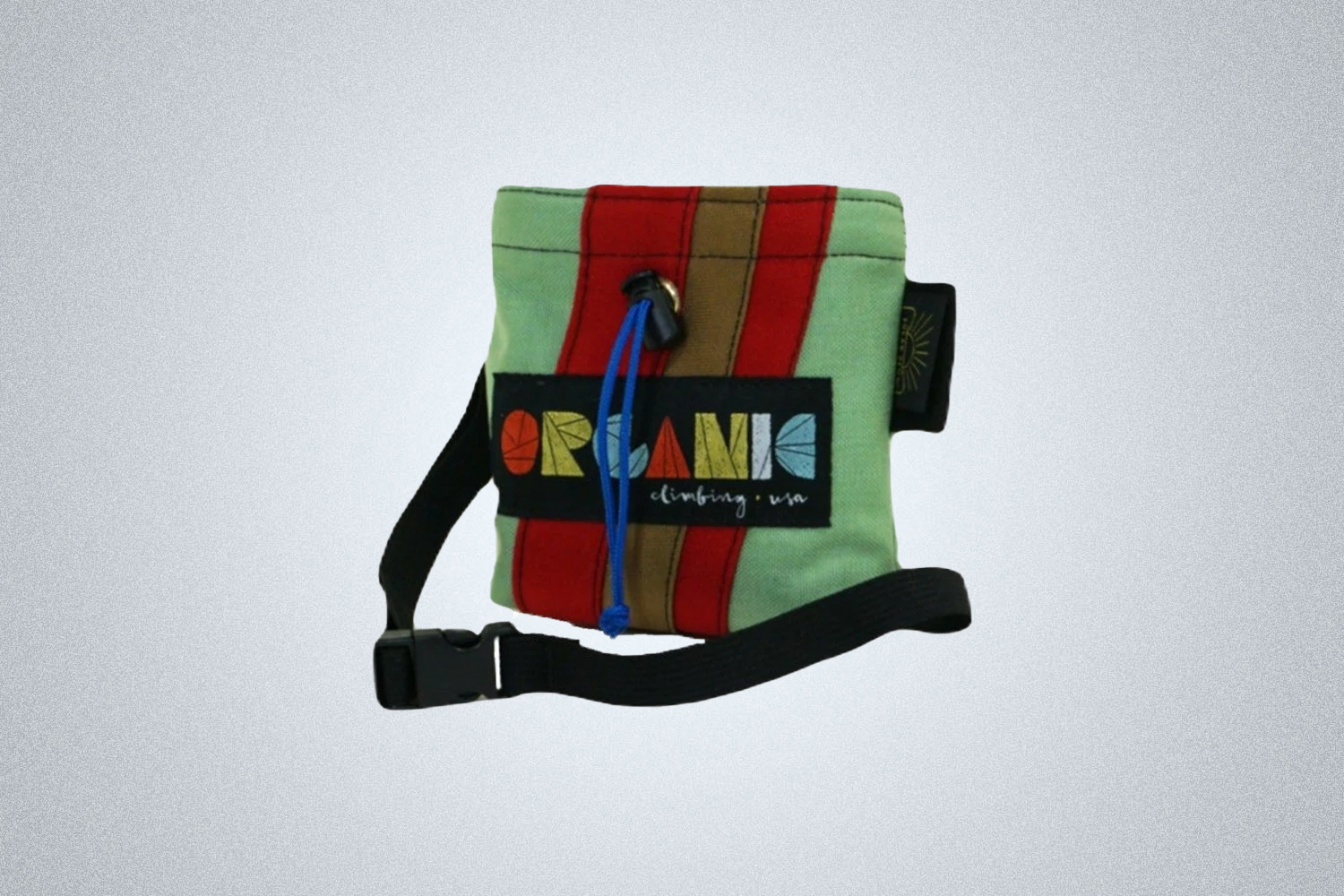
Chalk Bag: Organic Climbing Small Chalk Bag
Chalk bags are largely a matter of personal style. A wide range of colors and sizes can be found from one brand to the next, giving you an opportunity to find one that suits your personality and basic needs. That said, we’re privy to the Organic Climbing chalk bag because it comes in a variety of colors and styles that can easily be mixed and matched. We’re also fond of the label’s dedication to quality, functionality and aesthetics that separate its chalk bags from countless others at the gym.
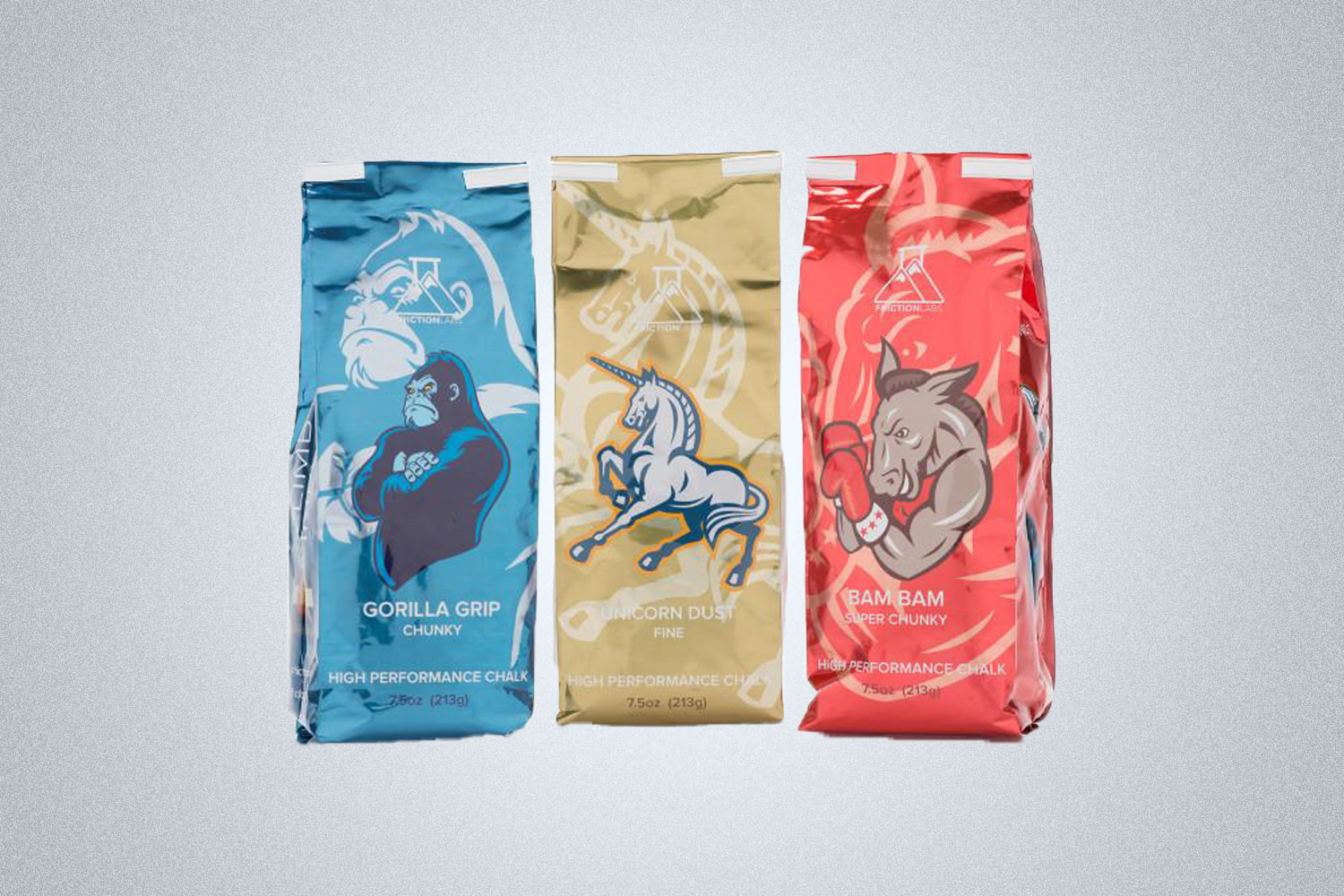
Chalk: Friction Labs Chalk
This chalk is a little more expensive than other brands but it’s our favorite because it offers confidence-inspiring grip and the material sticks so well that you end up using less chalk per climbing session. It comes in three textures: fine, chunky, and super chunky. The texture you choose is a matter of personal preference, so consider giving each one a try to find out which one helps you out on the wall.
We've put in the work researching, reviewing and rounding up all the shirts, jackets, shoes and accessories you'll need this season, whether it's for yourself or for gifting purposes. Sign up here for weekly style inspo direct to your inbox.
